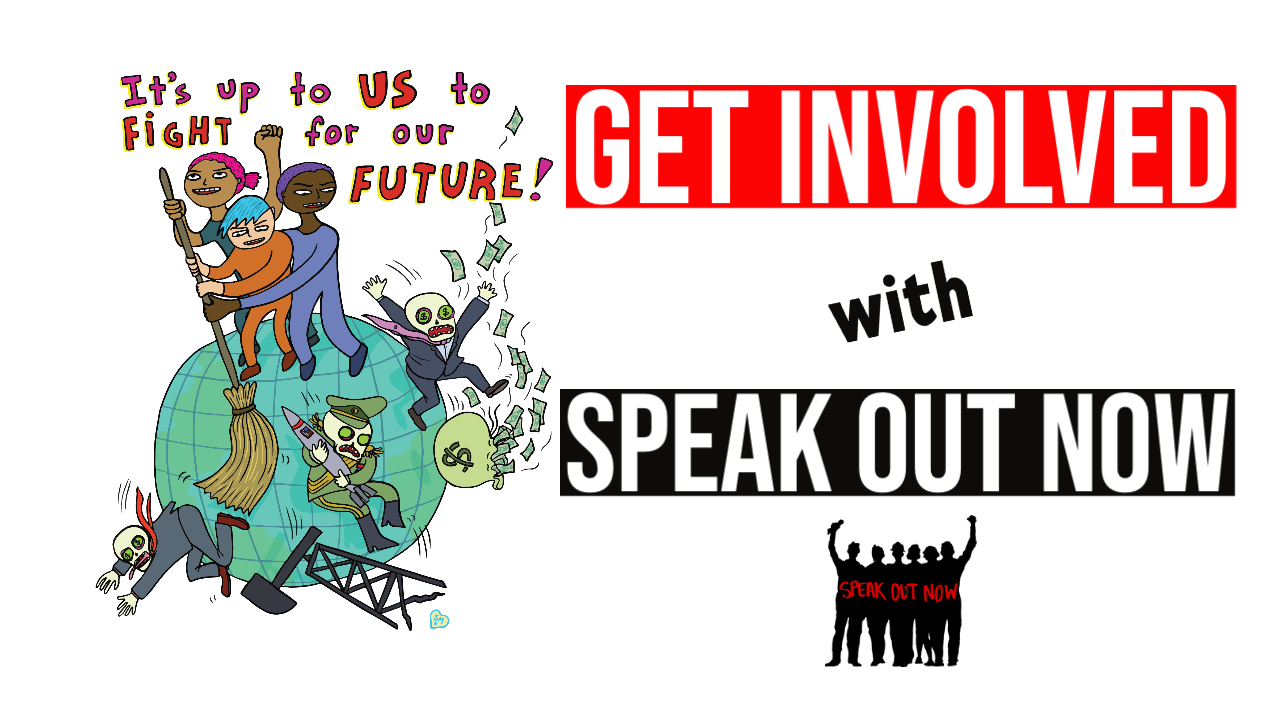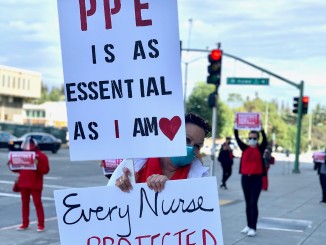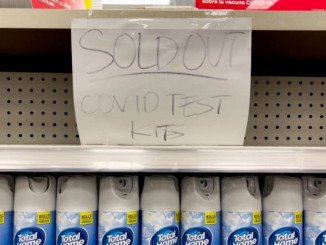
Since taking office in late January, Trump and his anti-worker bureaucrats have already begun to slash and burn many of the programs and resources that we need. Now that Congress has passed and Trump has signed into law what they called their “Big Beautiful Bill,” the larger cuts that we have all worried about are now legally set in place and by the end of 2026 will begin to have concrete effects on our lives well into the future.
The first months of the Trump administration hurt hundreds of thousands directly. Under Elon Musk’s Department of Government Efficiency (DOGE) approximately 50,000 federal workers from dozens of government agencies have been illegally fired or bought out through early retirement. Approximately 225,000 more federal workers have been under threat of firing for months, with only a few flimsy court orders stopping their layoffs. A new Supreme Court order released last week seems to pave the way for many of those firings to now be carried out. Tens of thousands have already lost paychecks and are currently having their lives upended as they scramble to make ends meet and look for other work, and these numbers of unemployed will surely grow as layoffs continue.
Beyond the loss of jobs through direct federal job cuts and the economic pain that they are causing, the other scattered cuts that Trump has already made are also having direct effects on jobs and services. To take just one example, Trump’s Department of Education has illegally frozen nearly $7 billion in education funding that should have been sent out on July 1. This has also meant layoffs, just not carried out directly by the federal government. Instead, states and municipalities and even local non-profit groups are forced to carry out firings. New Jersey, for example, suddenly lost $140 million in education funding that would have funded summer and fall after school programs, programs for English proficiency, as well as STEM programs and tutoring and staff training. Approximately 600 school districts nationwide are losing $1 million each for summer programs, and the Los Angeles Unified School District alone is losing $82 million. In each of these places, that means hundreds, perhaps thousands of education workers without work they had expected to do and get paid for. The Laclede Literacy Council, a small non-profit in rural Missouri that teaches reading and promotes literacy education suddenly lost $479,000 in federal education funding and within days had to lay off 16 of its 17 employees.
On the public health front, in March in North Carolina, the state Department of Health and Human Services lost $230 million in federal funding. This meant laying off 80 workers and eliminating programs and work that had been contracted out. In California throughout the spring, thousands of education workers, mental health workers, library workers and more have been furloughed and laid off, with many more under threat of loss of income. These cuts are of course in response to recent federal cuts, but also to previous cuts to funding from California’s state government.
Those are just a few of the thousands of examples of how federal cuts to education are trickling down to states and towns throughout the nation, each of which will cost people their jobs and also rip away basic services that we need.
And these are even before the cuts from the “Big Beautiful Bill” kick in. Over the next decade at least 11 million people will lose their Medicaid health coverage and another 20 million will lose some or all of their benefits from the Supplemental Nutrition Assistance Program (SNAP). But these massive numbers are only part of the story. According to recent analysis the cuts from the new bill will trickle down to cause pain in numerous ways. At the same time as cuts to Medicaid rip away people’s health insurance, up to 880,000 jobs could be lost in health care fields. As the cuts to SNAP kick in an estimated 143,000 jobs in food production and distribution could be lost, as there will less money being used to purchase food, and therefore less workers needed to produce and distribute that food. According to this analysis, the total numbers of job losses related to Medicaid and SNAP by themselves cuts could total 1.3 million.
Make no mistake about it, with the exception of the billionaires and corporate bosses, these cuts will affect all of us everywhere. Millions will either lose essential services or lose jobs. And those who still have jobs will be under increasing pressure to work harder, give back benefit packages, or take home less pay, whether through salary cuts, furloughs or the effects of inflation. For decades we have seen these attacks against all workers and particularly against unionized and public sector workers. These attacks and layoffs will continue and get worse, affecting more and more people and communities as their effects ripple outward.
In the past months, some segments of the working class, particularly public workers who were under attack from state governments even before the Trump assaults began, are feeling the effects and beginning some pushback. In April, the largest public workers union in Los Angeles went on a two-day strike with more than 50,000 halting work. More recently, 9,000 city workers in Philadelphia have struck and now gone back to work, although the rank and file may reject a disappointing contract offer. Sanitation workers in Boston and then hundreds more in a nationwide solidarity strike are fighting their outsourcing trash collection company. Rank and file education workers in Baltimore County, Maryland are protesting to force the county to live up to contractually promised pay raises. Legal aid workers are preparing a strike in New York City, and librarians in Newark, New Jersey, who have been without a contract for more than one year, are also protesting to demand better pay.
These spots of resistance are positive signs. But until these scattered examples of resistance become more generalized and workers in different occupations, cities and regions begin to unify our struggles, what has developed so far won’t be nearly enough to stop the massive attacks on our lives.
But it’s a start. If we can begin to organize against these attacks, we can then slowly start to unite our struggles and begin to generate real fightback on a larger scale.




